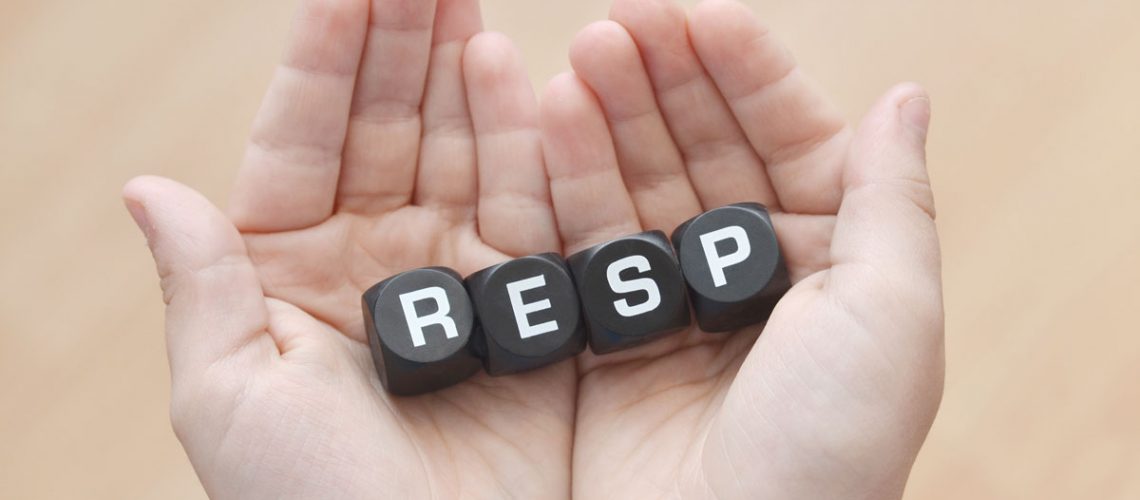By now, you probably have heard this term a lot but still not sure, what exactly is Children’s Education Savings Plan? Have you heard of RESP?
Yes – that is great.
No – No worries, we will explain.
RESP stands for Registered Education Savings Plan.
Qualification: RESP is a special savings account for parents/grand parents who want to save for their child’s education after high school. An RESP can be set up for any “beneficiary,” including your children, grandchildren, nieces, nephews or family friends.
Benefits:
- Government grants – In short, the federal government contributes up to a maximum of $500 per child per year. The lifetime maximum contribution per child is $7200. Additional grant up to $2,000 can also be available for low-income families. Additionally, some province offers additional incentives although that varies by provinces.
- Tax-free investment – The money you contribute and invest grows tax-free within an RESP, including the grants and interested earned.
Contribution: You can contribute to the plan as much as you want however, up to a lifetime maximum of $50,000 per child. There is no annual contribution limit; however, the maximum grant you will receive is $500 per year. The government only matches 20% of your contribution for up to $2,500 per year contribution. Example: If you contribute $3000 a year, you will only receive $500 in grant. If you contribute $1800 a year, the grant will be $360.
Plans: Primarily there are three RESP plans to choose, Single, Family and Group.
Withdrawals: In a nutshell, as soon the children is enrolled in an approved post-secondary institution either part-time or fulltime, you are eligible to withdraw the funds in the form of Post-Secondary Education (PSE) and Education Assistant Payment (EAP). PSE withdrawals are not taxable and no withdrawal limit, however EAP is taxable in the hands of the student as well as have a withdrawal limit, students will likely pay very little or no income tax as a result of RESP withdrawals.
What if child doesn’t go on to post-secondary education?
For now lets hope that doesn’t happen. You saved hoping for your child’s education and better future. If they don’t pursue post-secondary or don’t need the money, there are various options to have this fund utilized or withdrawal.
You can pass it on to a different beneficiary, such as another child, transfer the money to your RRSP or RDSP or simply close the RESP.
You can pass it on to a different beneficiary, such as another child, transfer the money to your RRSP or RDSP or simply close the RESP. If you choose to move money to RDSP or RRSP or close the RESP you must return the government grants.
So?
Interested to invest in RESP for your child’s future or want to lean more? Contact us today to get started.


